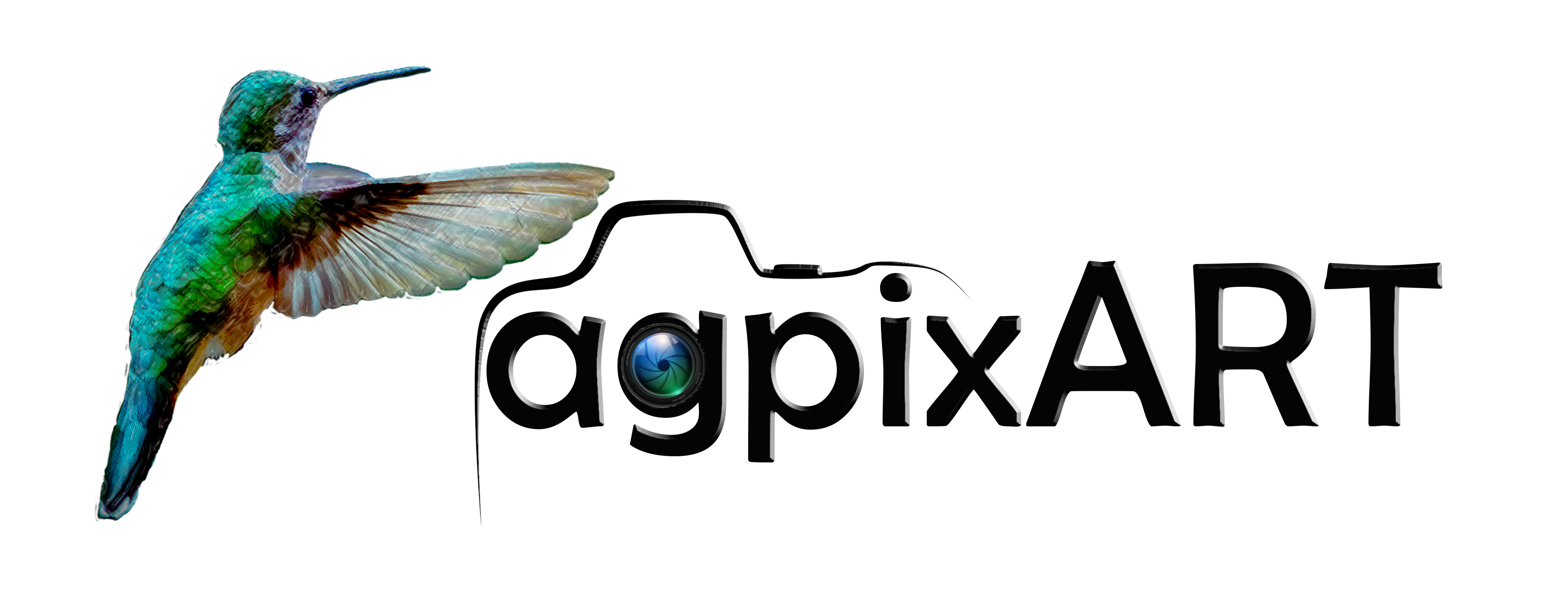The South Coast
The region that stretches from the outskirts of Reykjavík along the southern coastline towards Vík and further east is one of the most visited regions in Iceland due to its concentration of natural wonders, historical sites, and cultural landmarks.

Explore The South Coast
Visiting the South Coast of Iceland is an unforgettable experience, offering a glimpse into the island’s dramatic natural beauty and geological marvels from majestic waterfalls and black sand beaches to glaciers and volcanic landscapes.
Due to its proximity to Reykjavik and the most accessible part of the Ring Road (Route 1) to most attractions, the South Coast is extremely popular with visitors and can get very crowded. Booking in advance is advisable during peak tourist season.
Winter provides fewer crowds, the possibility of seeing the Northern Lights, and unique icy landscapes, though some attractions might be less accessible due to snow or ice.
Also, even so the south can have milder weather than other parts of Iceland always be prepare for rain, wind, and cold snaps.
The South Coast
Instructions for photo proofing and comments:
Left-click on the photo to access options for title information (i), leave comment, or mark the photo(s) as the favorite. The option to submit the selected as favorite photos is under “Submit proofs” button under photo gallery.
